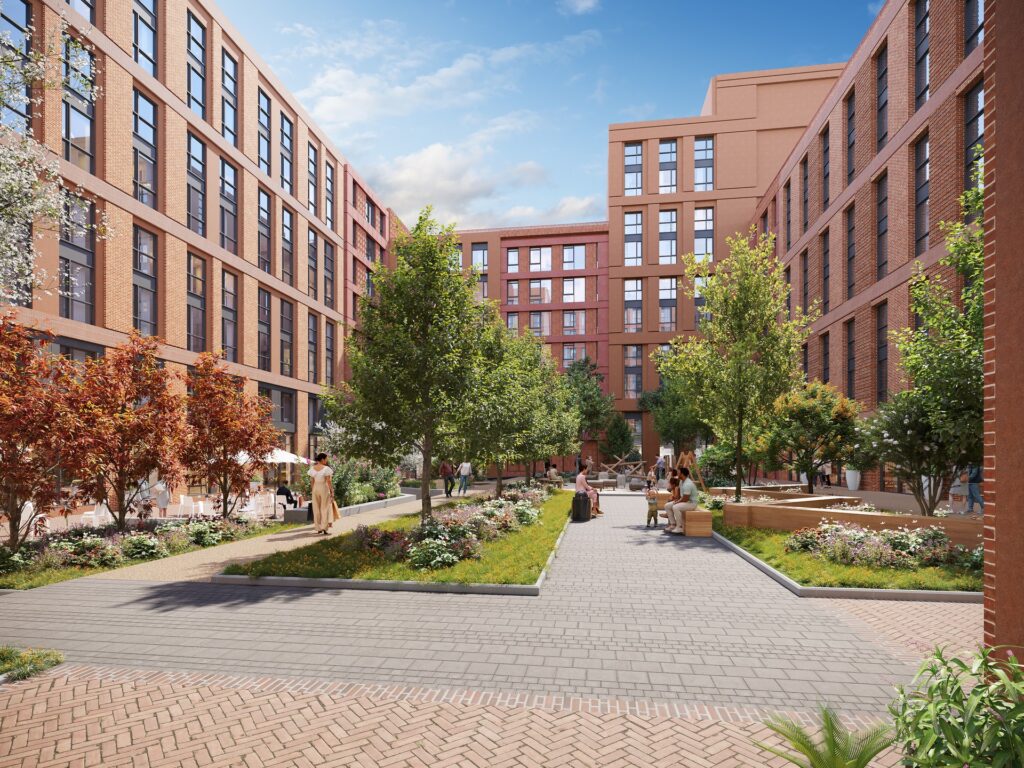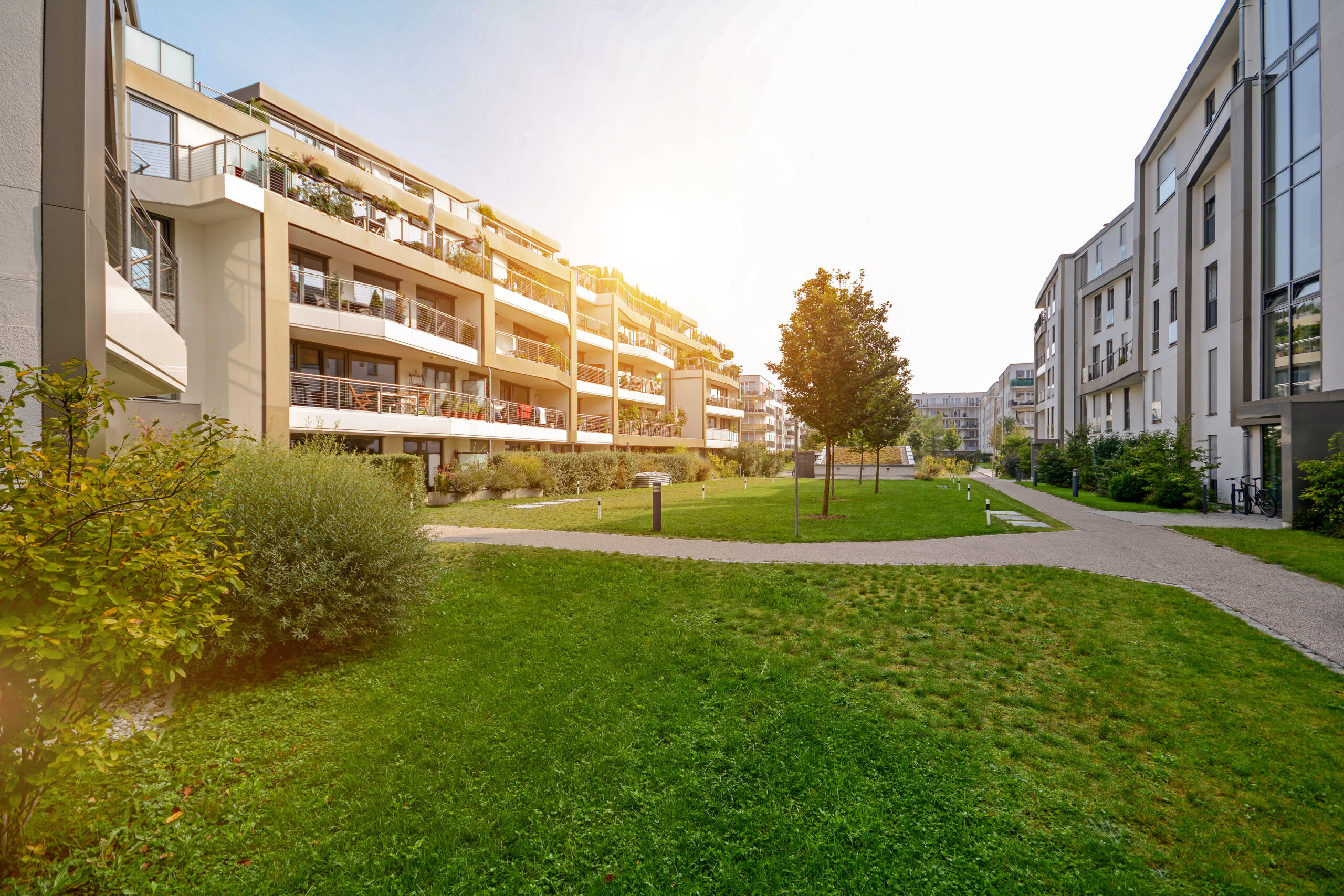Introduction – What Is Assisted Living?
As the UK property market continues to evolve, investors are increasingly looking for opportunities beyond traditional buy-to-let properties. One such opportunity that has gained traction in recent years is assisted living. But what is assisted living, and why should property investors take note?
Assisted living refers to a type of housing designed for older adults or individuals with specific care needs who want to maintain independence while having access to support when required. Unlike care homes, which offer round-the-clock care, assisted living provides a more flexible approach, enabling residents to live in self-contained apartments or bungalows with access to on-site services, including medical assistance, personal care, and communal facilities.
For investors, assisted living presents a unique opportunity to tap into a growing market driven by the UK’s ageing population. As demand for suitable accommodation increases, property investors who understand the sector can benefit from stable rental yields and long-term capital appreciation. This guide explores the key aspects of assisted living, helping investors determine whether it aligns with their property strategy.
Understanding Assisted Living: A Growing Market
When asking, “What is assisted living?”, it’s crucial to recognise that it sits between independent living and full-time care homes. Residents typically require some level of assistance with daily activities but do not need intensive medical care. Assisted living developments are designed to balance independence with the necessary support, ensuring that individuals can maintain a high quality of life.
The UK’s ageing population is a major driver for the assisted living sector. According to the Office for National Statistics (ONS), the proportion of people aged 65 and over is steadily increasing. This demographic shift is creating significant demand for housing that caters to their specific needs, making assisted living an attractive investment option.
In addition to demographic trends, government initiatives are also encouraging the development of more assisted living schemes. With pressure on the NHS and local authorities to provide care services in a more sustainable way, assisted living is seen as a viable solution that reduces the burden on hospitals and care homes while offering individuals a greater degree of independence.
The Key Features of Assisted Living Properties
Unlike traditional buy-to-let properties, assisted living developments are designed with specific features that cater to the needs of older adults. This includes step-free access, emergency call systems, wider doorways, and bathroom adaptations. Communal areas such as lounges, gardens, and dining spaces encourage social interaction, reducing loneliness and promoting mental well-being.
Most assisted living facilities also offer additional services, such as on-site carers, housekeeping, meal plans, and organised activities. These features enhance the living experience and contribute to higher occupancy rates, making them a potentially lucrative option for investors. Understanding “what is assisted living” and the features that set it apart can help investors make informed decisions.
Why Assisted Living is an Attractive Investment Opportunity
Investors who are new to the sector may wonder why assisted living stands out as an investment opportunity. The main advantage is the strong and growing demand. With an ageing population and increasing preference for independent yet supported living arrangements, demand for assisted living accommodation is expected to continue rising.
Another key benefit is the potential for stable and long-term rental income. Many assisted living properties operate under long leases, often backed by local authorities, housing associations, or private care providers. This provides investors with predictable rental returns, which can be more stable than traditional buy-to-let properties.
Furthermore, the government’s emphasis on social care reform and ageing-in-place strategies means that more funding is being directed towards assisted living projects. Investors who enter the market early can benefit from these trends, securing assets in a sector that is poised for long-term growth.
By understanding “what is assisted living?” and the factors driving its demand, investors can position themselves strategically within this expanding sector.

Challenges and Considerations for Investors
While assisted living offers many benefits, it is not without challenges. One of the main considerations is the higher initial investment cost compared to standard buy-to-let properties. Assisted living developments require specific design elements, accessibility features, and often a level of on-site staffing, which can lead to higher capital outlays.
Additionally, investors should be mindful of regulatory requirements. Unlike traditional rental properties, assisted living schemes may need to comply with health and safety standards, care regulations, and planning permissions. Understanding these regulations is essential to ensuring a smooth investment process.
Another factor to consider is market location. Not all areas will have the same demand for assisted living, so investors should conduct thorough market research before purchasing a property. Areas with ageing populations, strong healthcare infrastructure, and community amenities tend to be the most viable for assisted living investments.
Investors should ask themselves: “What is assisted living in the context of my investment goals?” Identifying how it aligns with financial objectives is key to long-term success in this sector.
How to Get Started with Assisted Living Investments
For investors looking to enter the assisted living market, the first step is to conduct in-depth research. Understanding the target demographic, location demand, and operational models is crucial to making informed investment decisions.
Investors can choose from different approaches, including purchasing properties in purpose-built assisted living developments, partnering with care providers, or even developing their own assisted living schemes. Each approach has its own benefits and risks, so it is essential to align the investment strategy with personal financial goals and risk tolerance.
Working with experienced developers and property management companies can also be beneficial. These professionals can help navigate the complexities of the sector, ensuring compliance with regulations and maximising returns on investment.
When deciding “what is assisted living” from an investment standpoint, it is important to evaluate the potential for rental income, tenant demand, and long-term property appreciation.

Conclusion to What Is Assisted Living?
So, what is assisted living? It is a rapidly growing sector that provides older adults with independent living options while ensuring they have access to the support they need. For UK property investors, it presents an opportunity to diversify their portfolios, benefit from long-term rental stability, and tap into a market driven by strong demographic trends.
While assisted living investments require careful planning and due diligence, they offer a compelling alternative to traditional buy-to-let properties. As the demand for high-quality senior housing continues to rise, forward-thinking investors who enter the assisted living market stand to benefit significantly in the years to come.
By continuously asking, “What is assisted living, and how does it fit into my investment strategy?”, investors can stay ahead of market trends and secure a profitable position in this expanding property sector.










